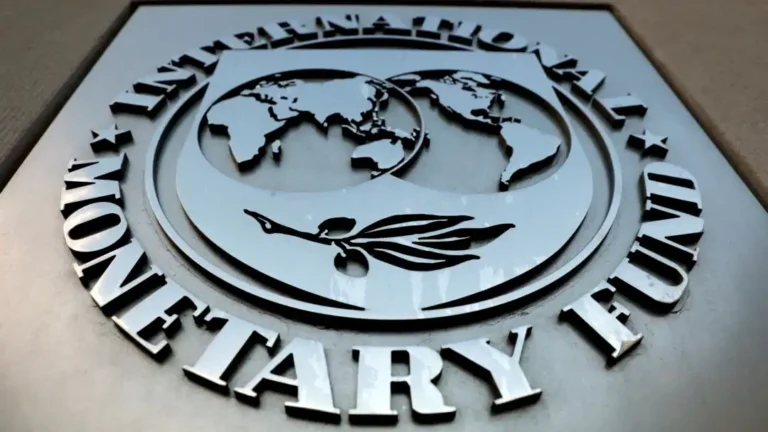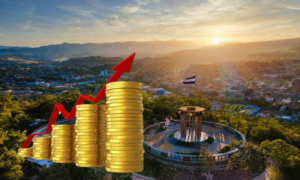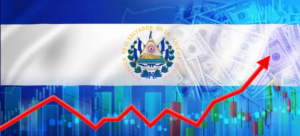The International Monetary Fund (IMF) has raised its growth projection for Latin America and the Caribbean, estimating a 2.2% increase in 2025, compared to the 2% forecast in april. For 2026, the organization maintains its forecast at 2.4%, reflecting slight optimism in a global context marked by economic uncertainty and geopolitical tensions.

The report highlights that regional growth remains constrained by structural factors, such as high public debt and fiscal deficits in countries like Brazil, which could translate into tighter financial conditions. These concerns are compounded by the possibility of weaker fiscal sustainability in key economies like the United States, which has direct implications for the region.

Projections for Brazil have improved slightly, with growth of 2.3% in 2025 and 2.1% in 2026, while Mexico maintains a modest pace of 0.2% and 1.4%, respectively. In contrast, the IMF forecasts a notable recovery in Argentina, with growth of 5.5% for 2025 and 4.5% in 2026.
However, the IMF warns that President Donald Trump’s recent decision to impose a 50% tariff on Brazilian exports starting in august could negatively affect regional trade. The new tariffs also threaten strategic sectors such as copper, agriculture, and manufacturing in exporting countries like Mexico, Chile, and Peru, which would impact the region’s competitiveness.
Globally, the IMF forecasts 3.1% growth for 2025 and 2026, driven by an advance in imports prior to the new tariffs, fiscal expansion in large economies, and improved financial conditions. Nevertheless, the institution insists that restoring confidence, fiscal sustainability, and predictability remains crucial for Latin America in the face of an increasingly volatile international landscape.








